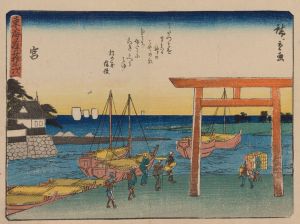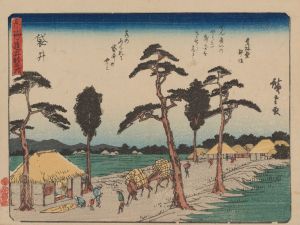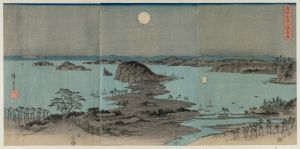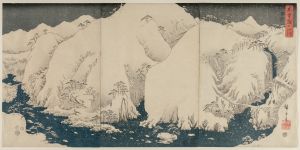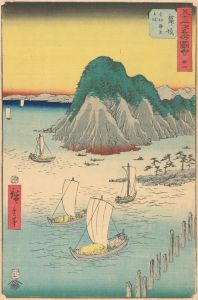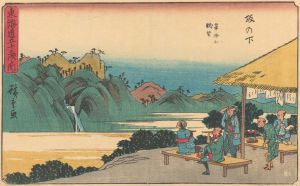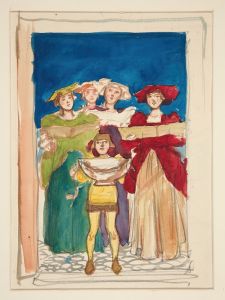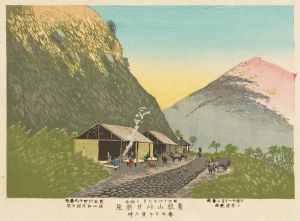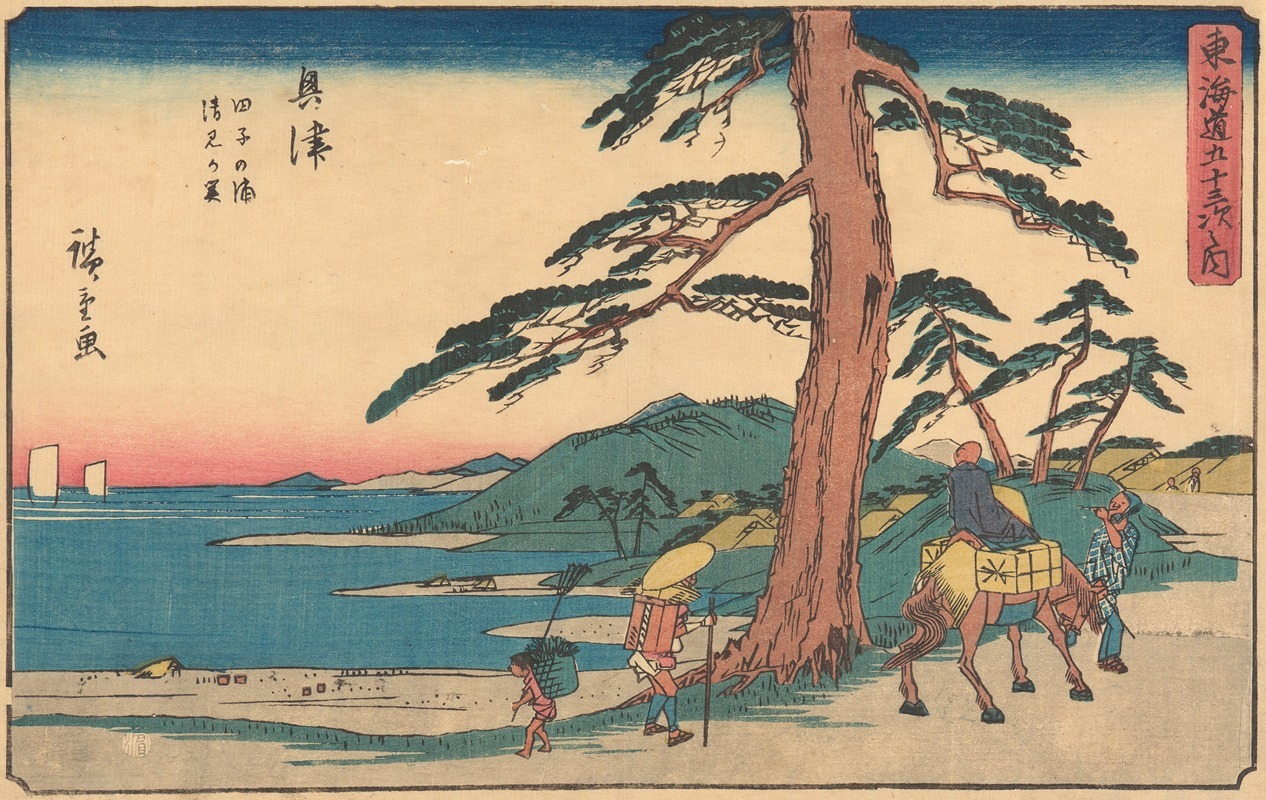
Okitsu
A hand-painted replica of Andō Hiroshige’s masterpiece Okitsu, meticulously crafted by professional artists to capture the true essence of the original. Each piece is created with museum-quality canvas and rare mineral pigments, carefully painted by experienced artists with delicate brushstrokes and rich, layered colors to perfectly recreate the texture of the original artwork. Unlike machine-printed reproductions, this hand-painted version brings the painting to life, infused with the artist’s emotions and skill in every stroke. Whether for personal collection or home decoration, it instantly elevates the artistic atmosphere of any space.
Andō Hiroshige, one of the most celebrated ukiyo-e artists of the Edo period in Japan, created the artwork "Okitsu" as part of his renowned series The Fifty-three Stations of the Tōkaidō (Tōkaidō Gojūsan-tsugi). This series, produced in the 1830s, depicts the fifty-three post stations along the Tōkaidō, the main travel and trade route connecting Edo (modern-day Tokyo) to Kyoto. Hiroshige's works in this series are celebrated for their vivid landscapes, attention to detail, and ability to capture the atmosphere of each location.
The "Okitsu" print represents the Okitsu-juku, the seventeenth station along the Tōkaidō. Located in present-day Shizuoka Prefecture, Okitsu was historically a small but significant post town where travelers could rest and resupply during their journey. The town was situated near the Okitsu River, which played a central role in the lives of locals and travelers alike.
Hiroshige’s depiction of Okitsu is characteristic of his artistic style, blending realism with poetic interpretation. The print features two sumo wrestlers being carried across the Okitsu River on the shoulders of porters. This scene reflects the challenges travelers faced when crossing rivers before the construction of modern bridges. The wrestlers are believed to represent professional sumo wrestlers of the time, adding a touch of humor and human interest to the composition. The background showcases the natural beauty of the area, with gentle hills and lush greenery framing the scene.
Hiroshige’s use of color and composition in "Okitsu" exemplifies his mastery of the ukiyo-e woodblock printing technique. The soft gradients of the sky and water, combined with the intricate details of the figures and landscape, create a harmonious and dynamic image. The print not only serves as a visual record of the Tōkaidō but also offers insight into the culture and daily life of Edo-period Japan.
"The Fifty-three Stations of the Tōkaidō" series was highly popular during Hiroshige’s lifetime and remains one of his most famous works. It played a significant role in shaping the perception of Japanese landscapes and culture, both domestically and internationally. Today, Hiroshige’s prints, including "Okitsu," are regarded as masterpieces of Japanese art and are preserved in museum collections around the world.





